
- Home
- India
- World
- Premium
- THE FEDERAL SPECIAL
- Analysis
- States
- Perspective
- Videos
- Sports
- Education
- Entertainment
- Elections
- Features
- Health
- Business
- Series
- In memoriam: Sheikh Mujibur Rahman
- Bishnoi's Men
- NEET TANGLE
- Economy Series
- Earth Day
- Kashmir’s Frozen Turbulence
- India@75
- The legend of Ramjanmabhoomi
- Liberalisation@30
- How to tame a dragon
- Celebrating biodiversity
- Farm Matters
- 50 days of solitude
- Bringing Migrants Home
- Budget 2020
- Jharkhand Votes
- The Federal Investigates
- The Federal Impact
- Vanishing Sand
- Gandhi @ 150
- Andhra Today
- Field report
- Operation Gulmarg
- Pandemic @1 Mn in India
- The Federal Year-End
- The Zero Year
- Science
- Brand studio
- Newsletter
- Elections 2024
- Events
- Home
- IndiaIndia
- World
- Analysis
- StatesStates
- PerspectivePerspective
- VideosVideos
- Sports
- Education
- Entertainment
- ElectionsElections
- Features
- Health
- BusinessBusiness
- Premium
- Loading...
Premium - Events
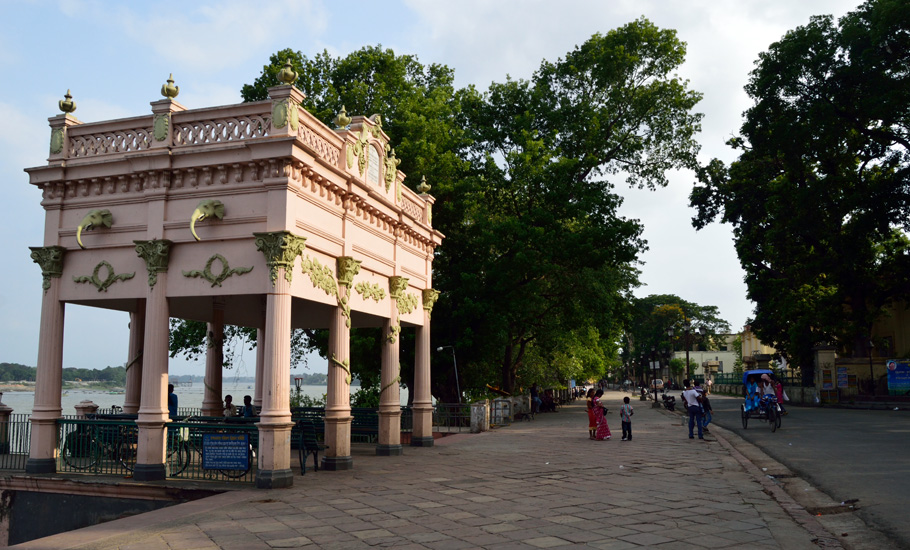
Chandernagore and the nostalgia of a bygone French era

“The fate of the city changed the year I was born,” mused Nakul Dey, a retired employee of the West Bengal’s education department. The city, Dey was referring to, was slowly stirring back to life after a night of slumber. The autumnal sun had risen above the horizon across the Hooghly only a few hours ago, drawing out early risers like Dey for a morning walk on the river...
“The fate of the city changed the year I was born,” mused Nakul Dey, a retired employee of the West Bengal’s education department.
The city, Dey was referring to, was slowly stirring back to life after a night of slumber. The autumnal sun had risen above the horizon across the Hooghly only a few hours ago, drawing out early risers like Dey for a morning walk on the river strand.
Gathering his breath, sitting on a bench on the western bank of the river, Dey was reminiscing the turn and twist of history that shaped the destiny of Chandernagore, also called Chandannagar.
The strand is a fascinating pathway in the city flanked by the majestic Hooghly river and nostalgia-evoking historical sites—the remnants of its French past.
Located some 50 kilometres north of Kolkata, Chandernagore was part of a string of settlements across the Hooghly, a tributary of river Ganges, that once collectively formed a mini-Europe in this part of India.
Efforts are now being made to preserve the European legacy of these cities by restoring some of the heritage buildings. Denmark has help restored an over 230-year-old Tavern at Serampore in 2018. It now serves as a cafe-cum-lodge, providing tourist a Danish feel in the hinterland of Bengal.
A memorandum of understanding (MoU) was signed between the governments of West Bengal and France on the sidelines of the Bengal Global Business Summit last year to restore Chandernagore Indo-French heritage.
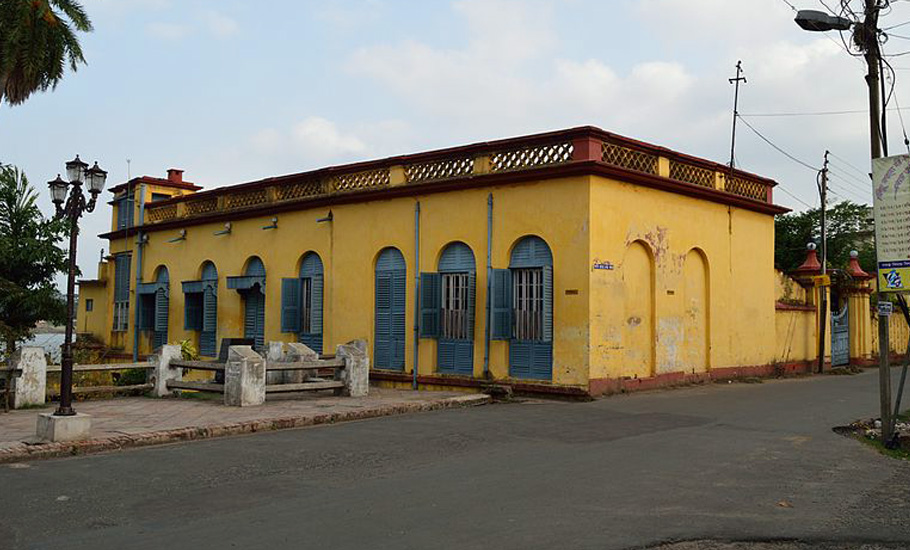
“An expert team comprising architects, engineers and local and French stakeholders has been formed and the planning of the project is currently underway,” said Aishwarya Tipnis, a New Delhi-based conservation architect associated with the project.
Chandernagore was a trading post established by the French East India Company in 1696. Its northern neighbour Chinsurah or Chuchura was a Dutch settlement. Serampore was a Danish colony and Bandel was once ruled by Portuguese.
The European powers started making foray into Bengal almost a century after Portuguese navigator Vasco de Gama became the first European to land in India on May 17, 1498. The Portuguese were the first European power to make a settlement in Bengal. Mughal emperor Akbar gave them permission to settle near Hooghly around 1578. The Portuguese are credited for building the first church in Bengal constructed in 1599 in Bandel.
There are some interesting tales associated with the church. One such tale goes thus: After Mughal emperor Shah Jahan attacked the Portuguese settlement and razed their fort and church in 1632, the head priest, Father Joan De Cruz was taken to Agra as prisoner. The priest was thrown before a wild elephant, but the famished pachyderm instead of trampling the priest lifted him by its trunk and placed him on its back, according to some accounts of the incident. This strange behaviour of the elephant was apparently perceived as a divine intervention.
The veracity of the story though is not confirmed strangely the Mughal emperor not only set the priest free, but also granted 777 bighas of rent-free land for reconstruction of a new church.
Vignettes of such interesting legacy are scattered along the banks of Hooghly.
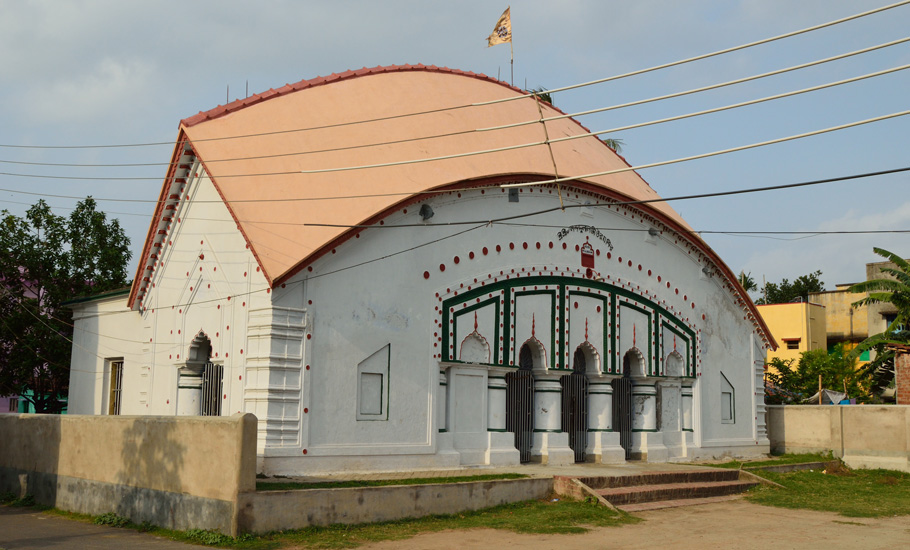
Unlike Bandel, Chinsurah and Serampore where the other European powers lost their influence to British, Chandernagore was a French colony until 1952, the year Dey was born. The process of transferring power though started soon after India attained freedom in 1947 with the French government conducting a referendum in June 1948 on: Do you want to stay with the French union?
An overwhelming majority of the 12,115 electorates out of the Chandernagore’s about 55,000 population voted to be part of India, wrote historian Sailendra Nath Sen in his book Chandernagore: From Bondage to Freedom.
India assumed de facto control over the city spread over 19sqkm in May 1950, but the De jure transfer took place only on June 9, 1952.
Though the French rule ended, its bygone grandeur remained etched in the remnants of colonial-era buildings and monuments, establishing an umbilical links with the past that its residents often gets nostalgic about.
“My generation grew up hearing stories about how during the French rule it was a confluence of French and Bengali culture and a bustling treading hub. Even during my youth it was a charming town dotted with French and native architecture,” Dey recalled.
Chandernagore is today characterised by chaos associated with any Indian city grew haphazardly beyond its means. The narrow roads are choked with vehicles, rickshaws, cycles and multitude of humans.
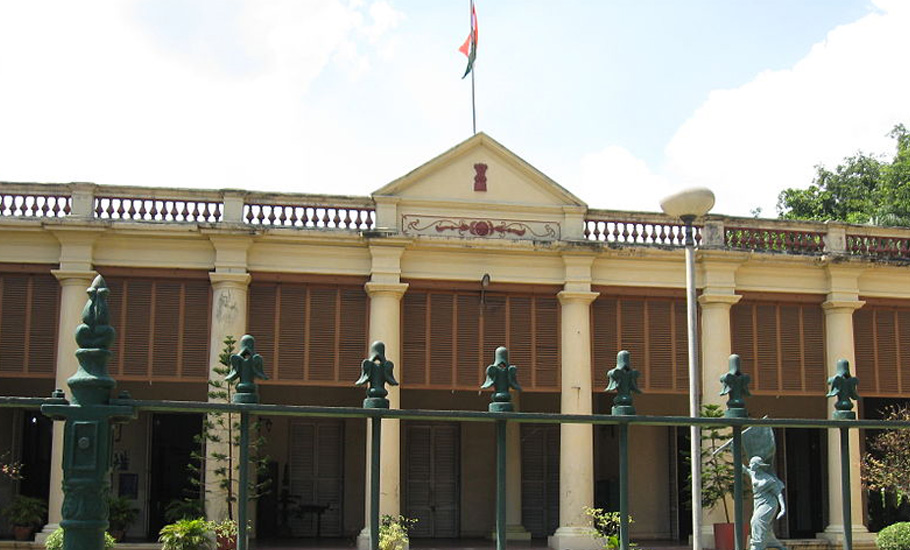
Most of the old structures have either gone under the bulldozer or are in a dilapidated condition. Tipnis said they prepared a list of 99 structures with Indo-French heritage value for preservation as part of an initiative of the French Embassy in India. Most of the structures are in a very poor shape.
Amidst the decay, the wide tree-lined Chandannagar Strand, however, could retain some of the city’s old-world charms, making it a favourite destination of both locals and tourists alike. Apart from serenity and majestic view of the Hooghly, the presence of a few last remaining structures of historical importance in its vicinity added to the area’s appeal and importance.
At the far end of the 1 km long and 7 meters wide strand lies a unique structure called Patal Bari or underground house built in 1904. A lower floor of the house, a private property, is submerged in the Hooghly, giving the structure its weird name.
A two-storied clock tower and an impressive pavilion called Durgacharan Rakshit Ghat are two other bygone era structures stand on the strand, clinging to the city’s French legacy. Durgacharan Rakshit was the first Indian to be conferred with the Chevalier de legion d’Honour in 1896.
Across the pavilion lies a large yellow mansion, which used to be the official residence of French governor generals. It now houses a museum and an Indo-French cultural centre. The museum has a rich collection of artefacts from the colonial era, such as the cannons used in Anglo-French war, wooden furniture of the 18th century and the personal collections of governor generals of France, including Joseph-François Dupleix.
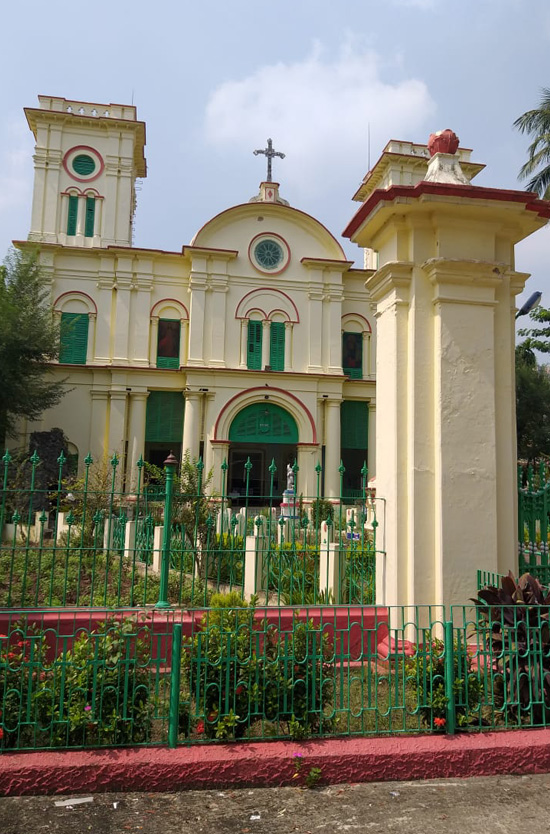
Another paragon of French architecture in the city is the Sacred Heart Church. The two-storeyed church with its twin towers was designed by the French architect Jacques Duchartz and was inaugurated in January 1884.
The heritage was not all about grand buildings, it was about the people who lived then and who live now, said Tipnis. Hence, the project to restore the French heritage involves not only restoration of the old buildings but also community engagement.
Citizen historians have been roped in as volunteers to collect the oral histories of the town and to disseminate them in the form of a blog and videos.
“We developed innovative low tech gaming based interactions allowing young and old people to join in the events to discover their town and its hidden heritage. Local activists and community people are most important in this endeavour as they not only provide support and information but also help create an archive of the city’s history,” Tipnis said.
